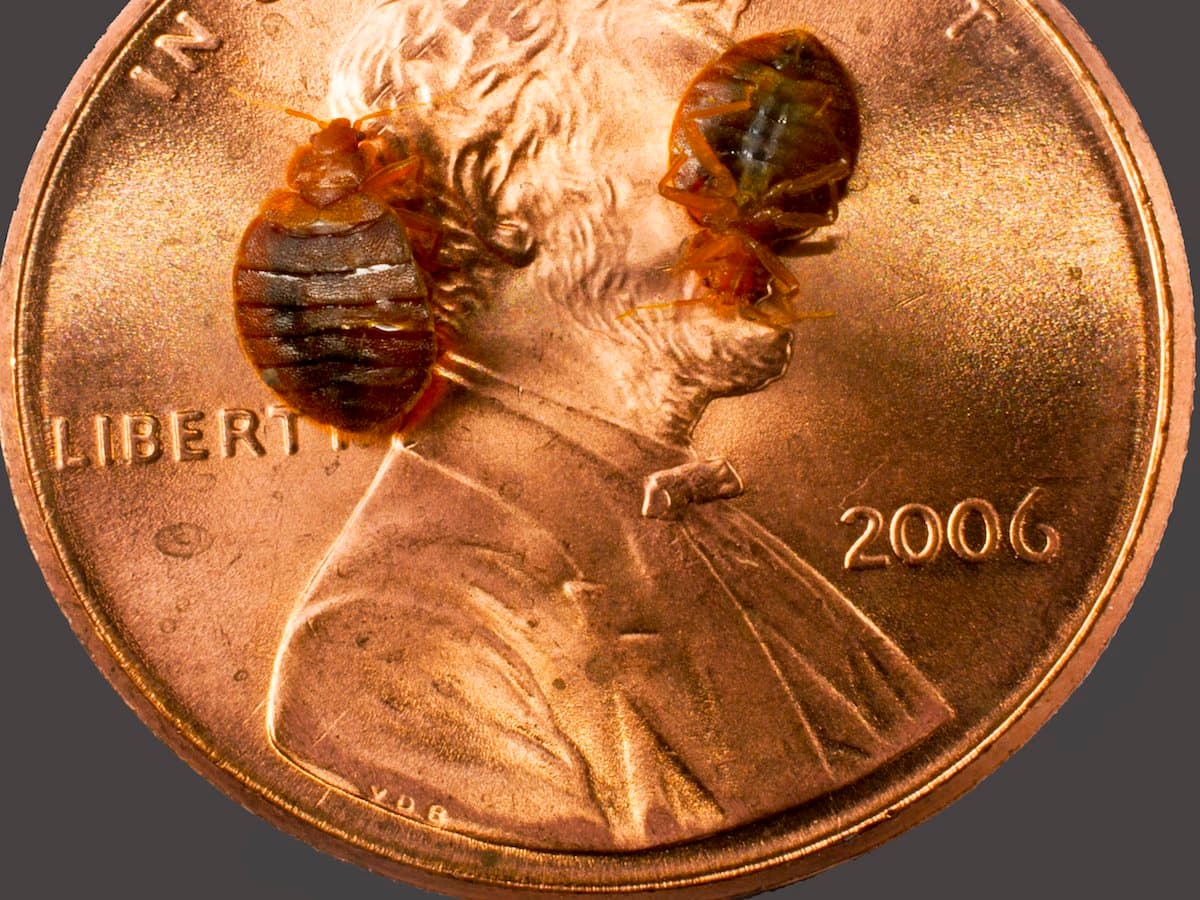Understanding the Lifecycle of Insects for Targeted Control Strategies
Recognizing the lifecycle of insects is a basic facet of reliable bug administration techniques. By comprehending the various stages of growth that parasites go through, a much more accurate and targeted method can be adopted to control their populaces. This understanding not just clarifies the susceptabilities within the bug lifecycle but also paves the way for implementing strategic actions that can interrupt their growth and recreation cycles. With a deeper understanding of just how bugs grow and progress, tailored control approaches can be made to resolve certain points in their lifecycle, inevitably causing more effective bug monitoring outcomes.
Value of Recognizing Bug Lifecycle
Understanding the lifecycle of insects is essential for establishing reliable and targeted control strategies in bug monitoring. By comprehending the different phases a pest goes with from egg to grownup, parasite control professionals can determine at risk points in the lifecycle where intervention can be most successful. Knowing when larvae are most active can assist determine the optimal timing for applying larvicides. Furthermore, comprehending the life-span of a parasite species can aid in predicting population growth patterns and prospective invasion dangers.
Additionally, acknowledging the certain environmental conditions necessary for each and every phase of the parasite's lifecycle can assist choices on habitat modification or exclusion approaches to disrupt the lifecycle and decrease pest populaces. This expertise allows pest administration professionals to implement aggressive actions as opposed to counting exclusively on responsive treatments, leading to even more lasting and long-lasting parasite control solutions. Inevitably, an extensive understanding of insect lifecycles encourages bug control specialists to tailor their strategies properly, optimizing and reducing ecological impacts control outcomes.
Secret Stages in Bug Development
To properly apply targeted control strategies in insect administration, an important element lies in thoroughly recognizing and understanding the key stages in parasite development. Pest development generally consists of several vital phases that are vital for their lifecycle and monitoring.

Susceptabilities in Insect Lifecycle
Throughout the different stages of a pest's lifecycle, distinctive susceptabilities emerge that can be strategically targeted for effective control steps (A1 Bed bug Exterminator houston). One crucial susceptability exists in the egg stage, where pests are usually a lot more vulnerable to certain pesticides or organic control representatives due to their soft outer Web Site shell, making them less complicated targets for treatment. Understanding these susceptabilities in the bug lifecycle is vital for developing specific and effective control methods that effectively take care of insect populaces while lessening environmental influence.
Executing Targeted Control Measures

Implementing targeted control procedures normally involves a multi-faceted strategy. This may consist of environment adjustment to make the environment much less hospitable to bugs, such as see this website removing standing water for insect control or securing entry factors for rodents. Furthermore, organic control methods can be made use of, where natural killers or pathogens are presented to maintain insect populaces in check.
Integrated Bug Monitoring (IPM) approaches that combine different control steps in a worked with and lasting manner are typically the most efficient in achieving long-term parasite monitoring objectives. By executing targeted control steps based on an extensive understanding of insect lifecycles, pest populations can be efficiently controlled while decreasing dangers to human health and wellness and the environment.
Boosted Parasite Administration Practices

Moreover, the incorporation of organic control representatives, such as natural killers or virus of insects, can help in reducing reliance on chemical pesticides and advertise a more balanced ecological community. Executing physical obstacles and catches can also belong to boosted insect monitoring practices, providing safe and targeted remedies for pest control. Furthermore, using scents and various other semiochemicals can disrupt pest mating patterns and interaction, bring about decreased pest populations with time.
Conclusion
In conclusion, comprehending the lifecycle of bugs is my link essential for effective bug monitoring approaches. By identifying key stages in insect advancement and susceptabilities in their lifecycle, targeted control steps can be carried out to decrease parasite populaces. Boosted pest management practices can help in reducing the dependence on broad-spectrum chemicals and promote more lasting and eco-friendly insect control methods. This knowledge plays a crucial role in keeping healthy ecological communities and agricultural performance.
Understanding the lifecycle of pests is essential for creating efficient and targeted control strategies in parasite administration. By understanding the different stages a parasite goes with from egg to adult, pest control professionals can recognize prone points in the lifecycle where treatment can be most successful. Inevitably, a thorough understanding of bug lifecycles empowers bug control specialists to customize their techniques effectively, lessening ecological impacts and taking full advantage of control end results.
By executing targeted control actions based on a comprehensive understanding of bug lifecycles, pest populaces can be properly managed while decreasing risks to human wellness and the environment.
By determining key stages in parasite development and vulnerabilities in their lifecycle, targeted control procedures can be implemented to reduce parasite populations.